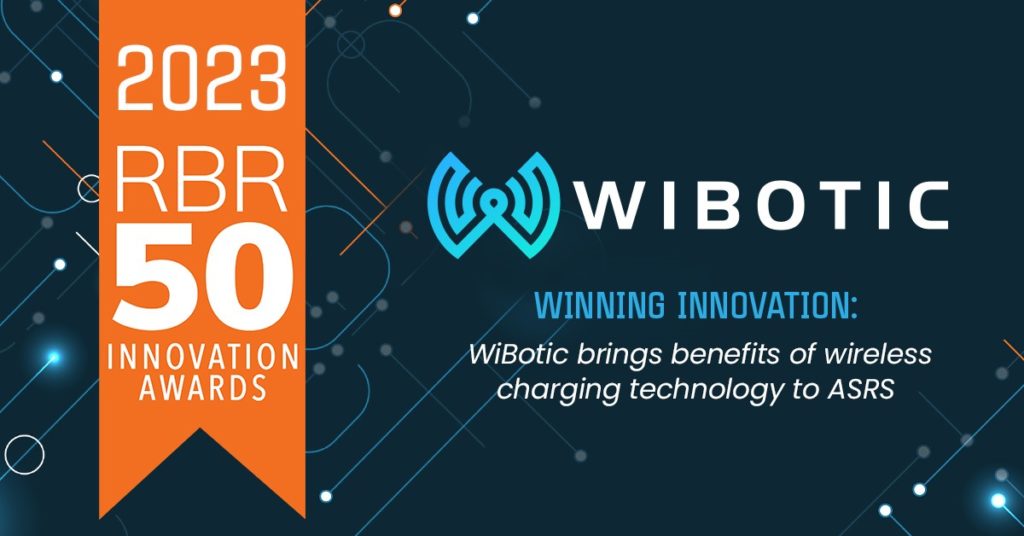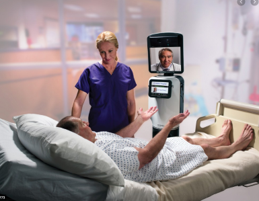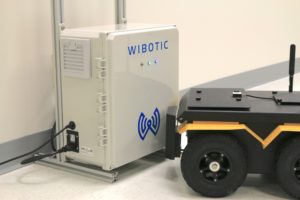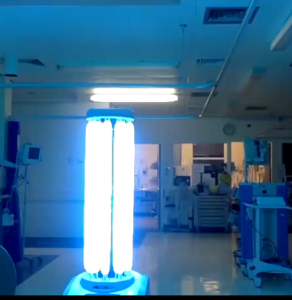WiBotic named to the 2023 RBR50!
WiBotic is very proud to announce that today we were named a 2023 RBR50 Award Winner. This is the second time we’ve received this prestigious honor – this time for our work providing combined wireless power and data solutions to the exploding market for Automated Storage and Retrieval Systems (AS/RS).
As described by WTWH Media, publishers of the Robotics Business Review, “For over a decade, the RBR50 Robotic s Innovation Awards have highlighted the most creative and influential innovations from around the world that have advanced the state of robotics.” WiBotic has been a leader in wireless power for AMRs since before our first RBR50 Award in 2021. Our technology has recently been expanded to the AS/RS market where an extremely high number of daily charge/power cycles can damage physical contact points – making wireless power a no-brainer. The Award also recognizes WiBotic’s work to send and receive control data through the existing wireless power equipment – thus increasing data network reliability while containing costs.

Thanks to the WTWH editorial board for this amazing honor!







